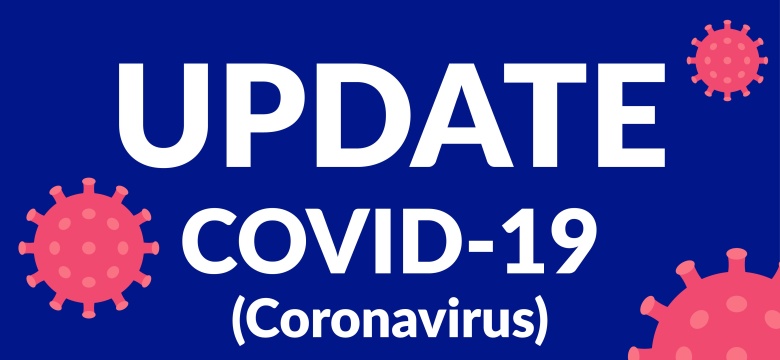Chief Medical Officer: How Immunity Generated from COVID-19 Vaccines Differs from an Infection

To understand the difference between immunity after infection and immunity after vaccination, we need to understand the way the body reacts to a foreign body, in this case the SARS-COV-2 Virus. When a Virus enters the body, the Antigen Presenting Cells (APC) recognize it, engulf it and break it down to its components. These components are then expressed on the surface of the APC to activate a part of the immune system called T- Lymphocytes.
T- Lymphocytes activate the “killer cells” that find and kill the virus or infected cells. T-Lymphocytes also activate another group of cells called the B- Lymphocytes. The B-Lymphocytes change into two types of cells - the plasma cells that produce large amounts of antibodies and the memory cells that lay dormant but can be activated by a future infection.
The difference between immunity from infection and the immunity generated following vaccination is that instead of the whole virus being introduced to the body, only one part of the virus is introduced. This means that with vaccination, there is a consistent reaction to one component of the Virus (the spike protein in mRNA vaccines) which is given in measured doses.
The advantage of vaccination is that it is predictable. The immunity is to a specific part of the virus (the spike protein) and it is easily measured. With infection, immunity to the virus can be to different parts of the virus and the protection offered is not consistent. The strength of the protection offered by the vaccine is designed to give the body the best chance of fighting off the virus with minimal side effects. The strength of protection offered by infection depends on the amount of virus that enters the body and how ill the patient becomes. Patients with milder infection generally have lower levels of antibodies in their system compared with patients who have severe infection resulting in hospitalization.
The vaccines are designed to provide protection over a wide variety of mutations of the Virus as the targets on the spike protein are broad. This is not always the case with natural infection. The practical application of this is that vaccines provide a wider range of protection against variants of this virus and helps to keep new outbreaks from starting.
The length of immunity after infection varies widely. As stated earlier, this depends on the strength of the infection and the parts of the virus that immunity is developed against. There have been studies to show that immunity following infection starts to wane after 3-8 months. Immunity developed as a result of the vaccine is more consistent. Trial participants have evidence of ongoing immunity against the virus. The length of the immunity following vaccination is still being investigated.
Several countries around the world have abandoned plans to achieve community immunity from infection. The cost in human lives, immediate and long-term ill health is simply too great. Many countries in Europe starting out with this policy have had to pivot because of the misery caused by deaths, poor outcomes and overwhelmed health systems.
Recent data shows that the data provide further documentation that those who’ve had and recovered from a COVID-19 infection still stand to benefit from getting vaccinated. The evidence continues to suggest that acquired immunity from vaccines still offers substantial protection against the new variants now circulating around the globe.
Measuring the protection offered after vaccination and natural infection can be complex. The commonly used test (antibody test) only measures one of the several components of immunity. It requires careful interpretation as the level of antibody fluctuates significantly and must be considered in epidemiologic context. The National Testing Policy published by the COVID-19 Strategic Testing Committee reviews the evidence and states that antibody body testing should be used only as part of patient or outbreak investigation.